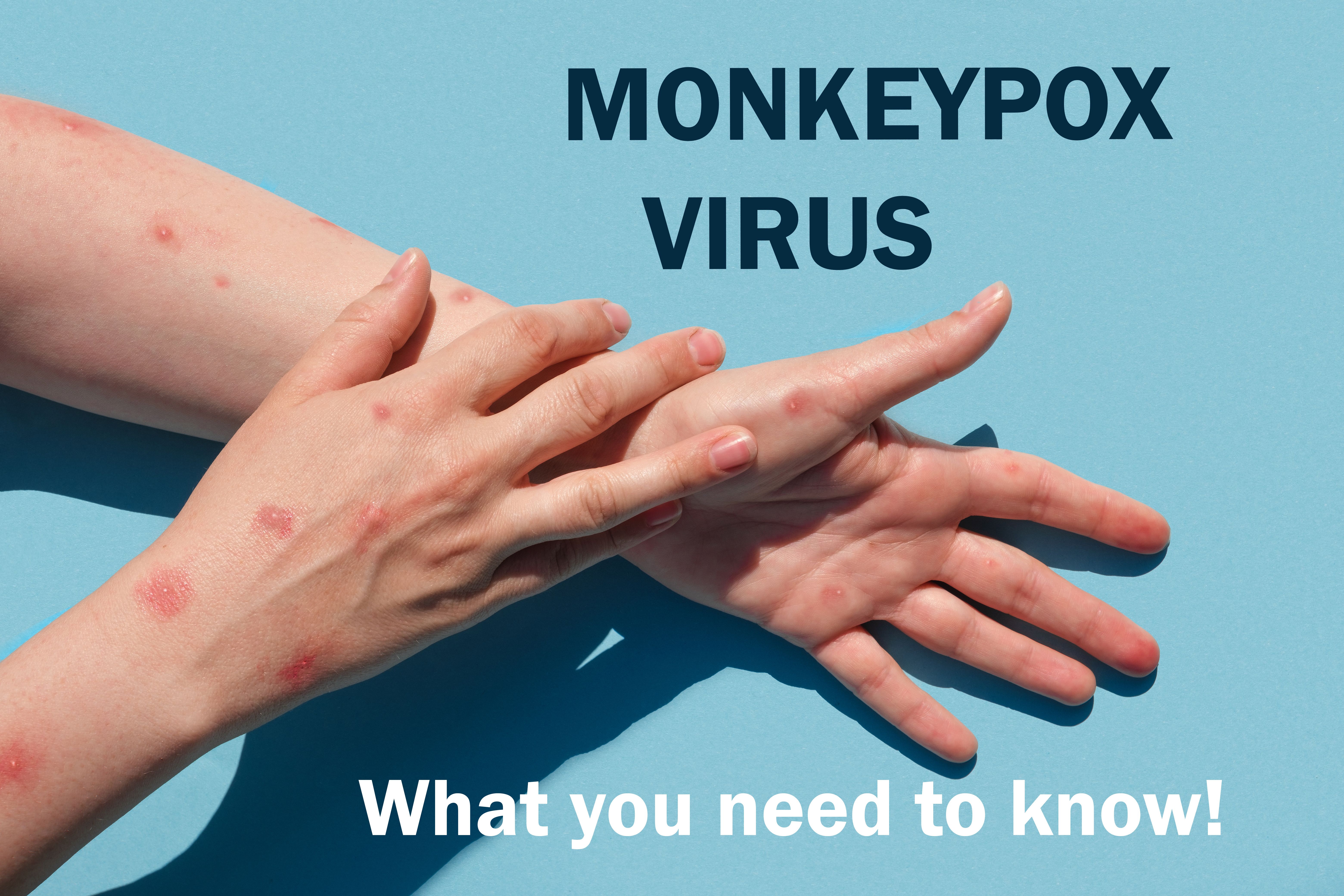Treating Suspected Monkeypox Patients: What Clinicians Need to Know

As of this week, there have been over 1300 confirmed monkeypox cases across 6 continents. Endemic to western and central Africa, these recent monkeypox outbreaks pose a new threat amidst the existing COVID-19 pandemic.
Prior monkeypox infections in the US were due to people traveling to endemic regions and/or coming into contact with infected animals. The current outbreaks are believed to be spreading from human-to-human contact, and are occurring primarily among young men who have sex with men (MSM).
Recent commentary, published today in the Annals of Internal Medicine, provides crucial advice for healthcare workers caring for suspected or confirmed monkeypox infections.
Notably, monkeypox is not considered a sexually transmitted infection (STI), but is predominantly affecting MSM due to it circulating within these communities. The authors emphasized this point, saying anyone is susceptible to monkeypox and MSM should not be stigmatized. However, because MSM are currently the most affected, it is important for clinicians to ally themselves with these communities and ensure factual safety precautions are clearly communicated.
Monkeypox has been endemic and often deadly in Africa for years, and it is sadly only attracting public attention now that infections have arisen in the Western world. There are 2 major clades of the monkeypox virus, the West African and the Congo Basin. Genomic sequencing has revealed the isolates belong to the former, less virulent West African clade, with mortality rates at 1% or less. All people infected during these recent outbreaks has since recovered.
Monkeypox is typically spread by contact with the bodily fluids of an infected person. Known monkeypox infections have been contracted through respiratory droplets, as well as via contact with mucosal surfaces, skin with open lesions, or contaminated objects.
The US Centers for Disease Control and Prevention (CDC) recommended that health care workers wear personal protective equipment (PPE) suitable for airborne viruses, including a well-fitting face respirator.
Monkeypox, as a member of the Poxviridae family, is susceptible to the smallpox vaccine. The US has stockpiled 2 of these vaccines,Jynneos and ACAM2000, and has been using them as post-exposure prophylaxis for close contacts of people infected with monkeypox.
Poxviruses are very stable and resilient, and can remain contagious for months or even years in an environment. They are highly resistant to heating and drying, thus approved disinfectants should be used to clean high-touch surfaces. Any practice that may aerate the virus, like dry dusting, sweeping, or shaking linens, should be stringently avoided.
The virus is believed to become transmissible once an infected person is symptomatic. However, because the incubation period can range from 5-21 days, there are likely many more cases than the official confirmed number.
Clinical presentations of monkeypox are often atypical, with the signature fluid-filled bumpy rash appearing around the genital, groin, perianal, or rectal regions, and may mimic an STI.
Meticulous contact tracing is essential to containing monkeypox. Because symptoms develop slowly and many providers may not be testing for monkeypox, it is likely that infected persons traveled to multiple healthcare facilities and encountered myriad patients and personnel before monkeypox infection was determined and proper precautions were established. Infection prevention and infectious disease experts should work closely with public health services to investigated suspected cases. Timely postexposure vaccination and close monitoring will hinder the monkeypox virus from continuing to spread.
COVID-19 and the accompanying fatigue has decimated healthcare workers, but staying vigilant against monkeypox can prevent the virus from worsening staffing shortages. The authors say that exposed healthcare workers do not need to quarantine but should by actively surveilled for the 21-day incubation period, adhering temperature checks twice a day and occupational health symptom screening once a day.
The authors write that COVID-19 has left healthcare personnel and the general public exhausted of risk mitigation. However, the efforts to prevent and contain these emerging infections will be far preferable to monkeypox becoming an epidemic.

















